Nestled in the tranquil village of Kuruma in the Indian state of Odisha lies an artistic masterpiece that has captivated art enthusiasts, historians, and spiritual seekers alike - the Buddha Sculpture of Kuruma. Carved from the very heart of a mystical stone, this magnificent sculpture radiates serenity and spirituality. Before you proceed further, I don't recommend anyone going there as it's not a maintained place and you won't find anyone even aware what is it and help you understand history of this place. Villagers can be seen playing cards around it or busy in their household activities.
The journey of the Buddha Sculpture of Kuruma began when it was unearthed during an excavation near the Kuruma temple complex, which is known for its rich historical and cultural heritage. This discovery sent ripples through the archaeological world, as it provided a precious glimpse into the artistic and spiritual life of ancient Odisha.
Date and Style: The sculpture is believed to date back to the 8th or 9th century CE and bears the hallmark of Odisha's exquisite artistic traditions. Its style is reminiscent of the region's classical sculpture, known for its exquisite attention to detail and emotive expressions.
The Buddha Sculpture of Kuruma portrays Siddhartha Gautama, the historical Buddha, in the 'Dharmachakra Mudra.' This posture, also known as the 'Wheel of Dharma' or 'Turning the Wheel of Law,' is a symbol of the Buddha's first sermon after attaining enlightenment. In this iconic depiction, the Buddha is seated in the lotus position, his right hand reaching out to touch the ground, while his left hand rests on his lap. This gesture symbolizes the act of imparting knowledge and enlightenment to his followers.
The artistic finesse of the Buddha Sculpture of Kuruma is nothing short of breathtaking. The intricate detailing of the Buddha's serene face, the graceful folds of his robes, and the sublime aura that envelops him make this sculpture a true masterpiece. The skilled artisans of ancient Odisha demonstrated their mastery over stone carving, creating a work of art that resonates with the spiritual essence of Buddhism.
The presence of the Buddha Sculpture of Kuruma in an ancient temple complex hints at the profound spiritual connections that existed in the region during that era. Buddhism, with its emphasis on peace, enlightenment, and compassion, left an indelible mark on the cultural landscape of Odisha. This sculpture serves as a tangible link to a time when the teachings of the Buddha found resonance among the people of this region.
Efforts to preserve and protect the Buddha Sculpture of Kuruma are ongoing. The sculpture stands as a testament to the enduring legacy of Buddhism in Odisha and the spiritual heritage that continues to inspire people around the world.
Its serene countenance invites visitors to contemplate the profound wisdom of the Buddha and find solace in his teachings.
The Kuruma excavation site, located near Konark in the Indian state of Odisha, is a historically significant archaeological site that has revealed key elements of ancient Indian culture and history. Here are some of the key elements associated with the Kuruma excavation site:
Ancient Settlement: The Kuruma excavation site has unearthed the remains of an ancient settlement that is believed to date back to the 9th to 13th centuries CE. This settlement provides valuable insights into the lifestyle, architecture, and daily activities of the people who lived in the region during that era.
Artifacts: Archaeologists have discovered a wide range of artifacts at the Kuruma site. These artifacts include pottery, metal objects, sculptures, and jewelry. These items offer a glimpse into the material culture of the people who inhabited the area and their craftsmanship.
Temple Complex: One of the most significant findings at the Kuruma excavation site is a temple complex. This temple complex, though smaller in scale compared to some of the famous temples in Odisha, exhibits intricate architectural features and finely carved sculptures. It reflects the region's rich tradition of temple construction and religious practices.
Buddhist Influence: The site also provides evidence of Buddhist influence in the region, suggesting a syncretic culture where both Hindu and Buddhist traditions coexisted. This reflects the religious diversity and tolerance of ancient Odisha.
Architectural Styles: The stone carvings and architectural elements found at the Kuruma excavation site showcase the artistic and engineering skills of the craftsmen of the time. Elaborate carvings on temple walls and pillars depict mythological stories, deities, and scenes from everyday life.
Historical Context: The Kuruma excavation site is located in proximity to the world-famous Konark Sun Temple, a UNESCO World Heritage Site. This proximity hints at a historical and cultural connection between the two sites, emphasizing the region's significance as a hub of artistic and religious activities during the medieval period.
The Buddha Sculpture of Kuruma is not just a stone sculpture; it is a tangible embodiment of spirituality and artistry. Its existence reminds us of the rich cultural and spiritual tapestry that has woven itself into the history of Odisha. As visitors from all corners of the world come to witness this masterpiece, they are greeted by the timeless message of peace and enlightenment that the Buddha represents, resonating through the ages from the heart of Kuruma.
Related Blogposts :

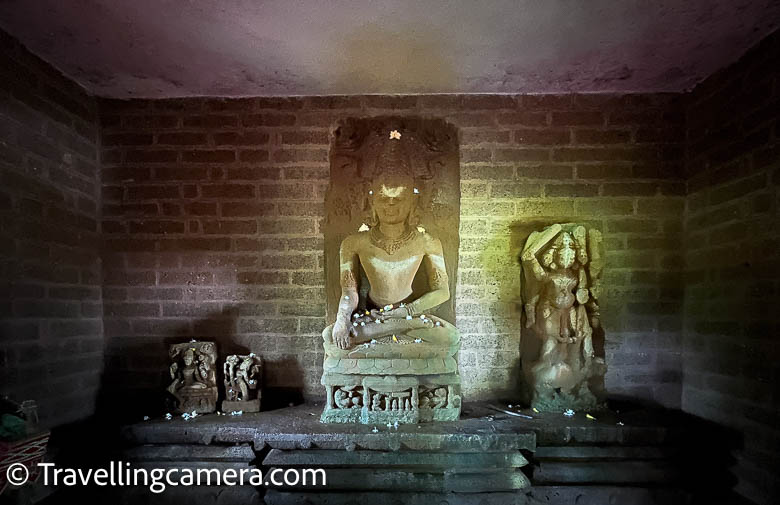
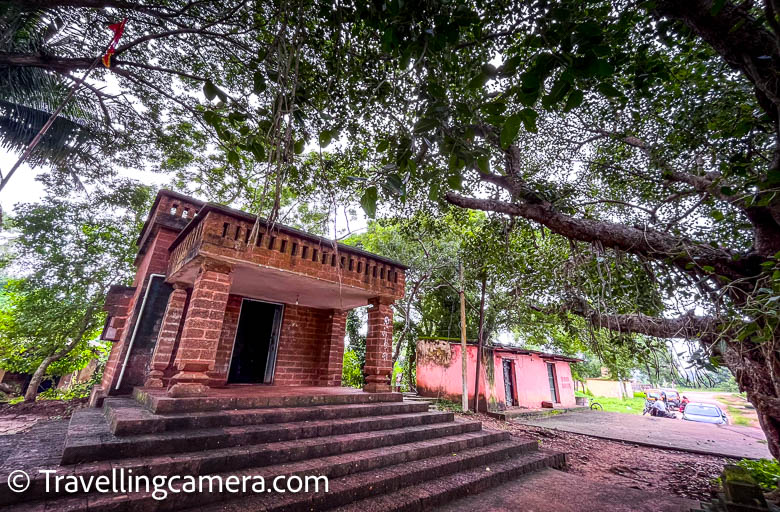

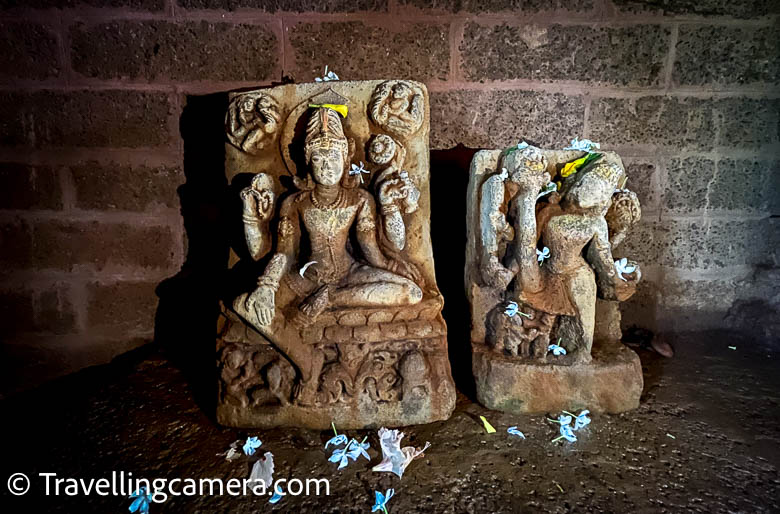

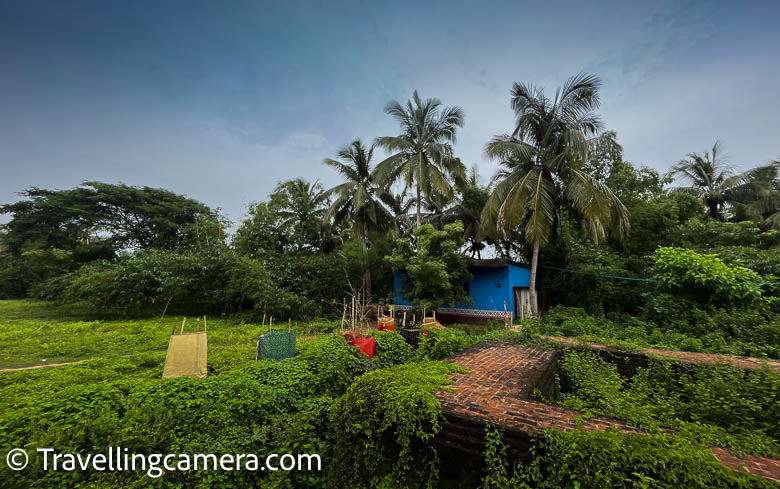
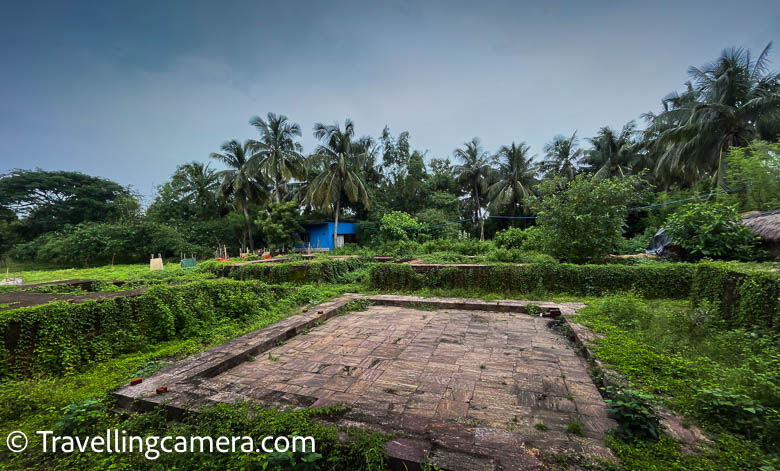
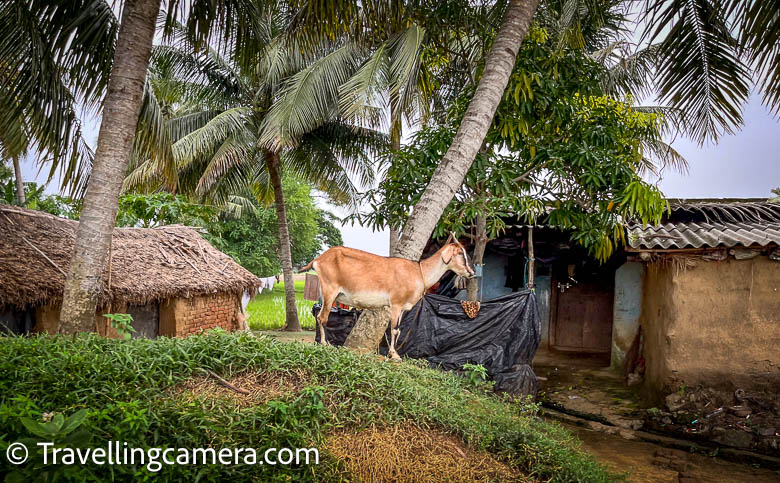

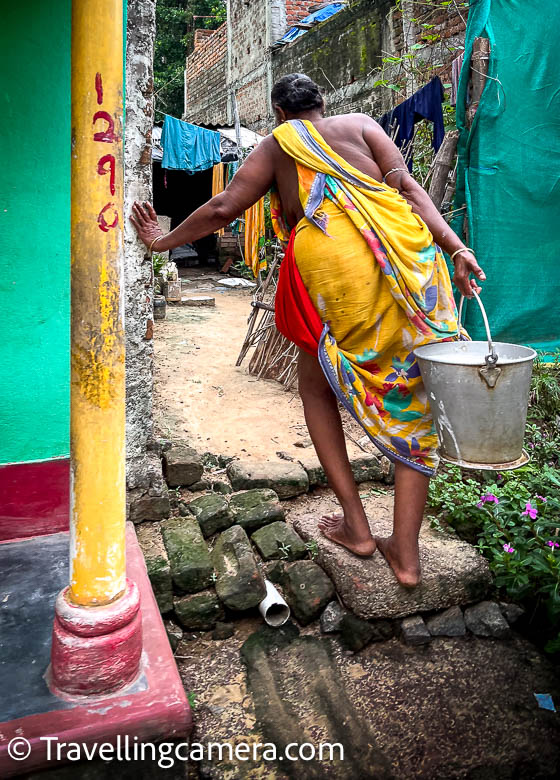
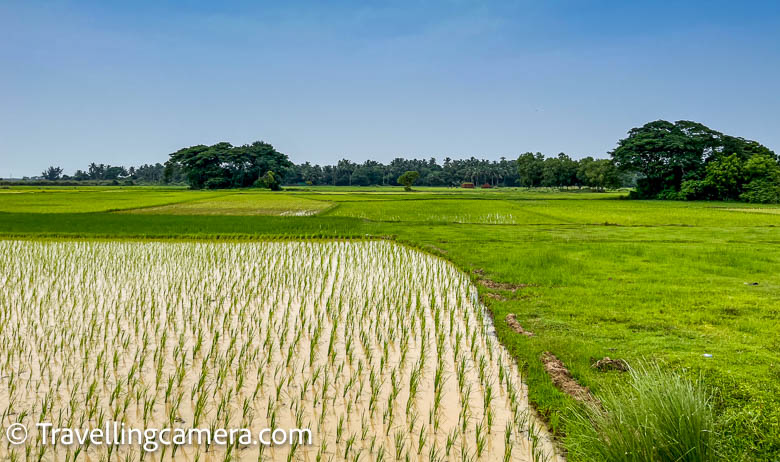

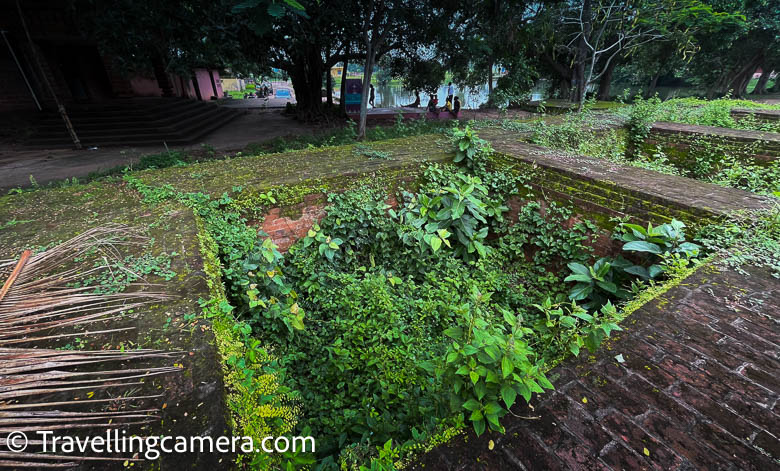

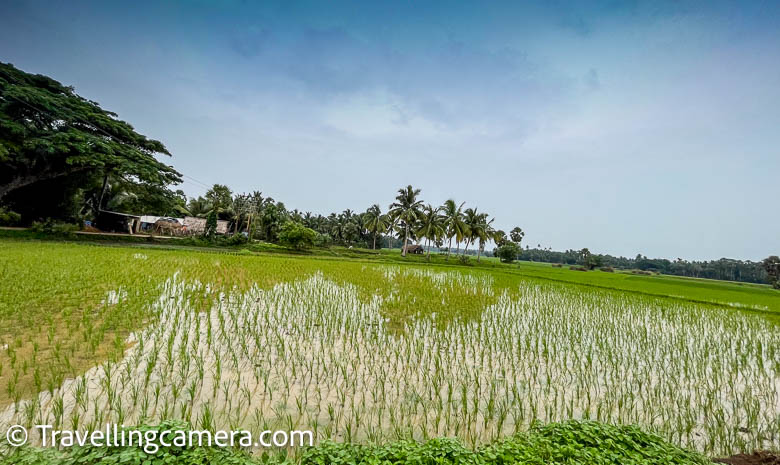
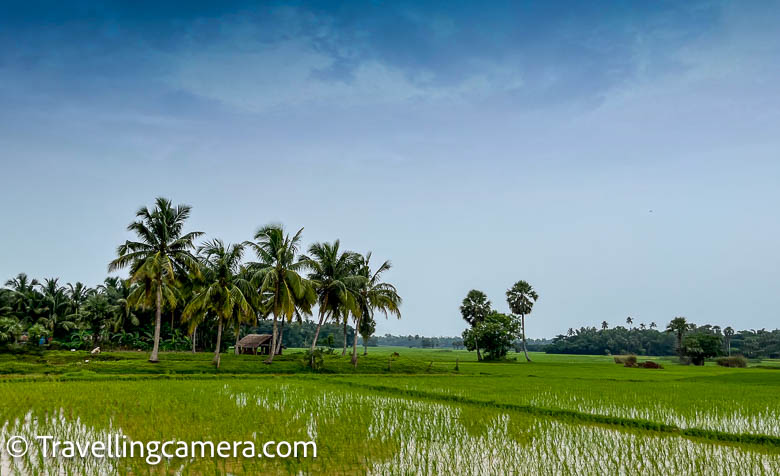
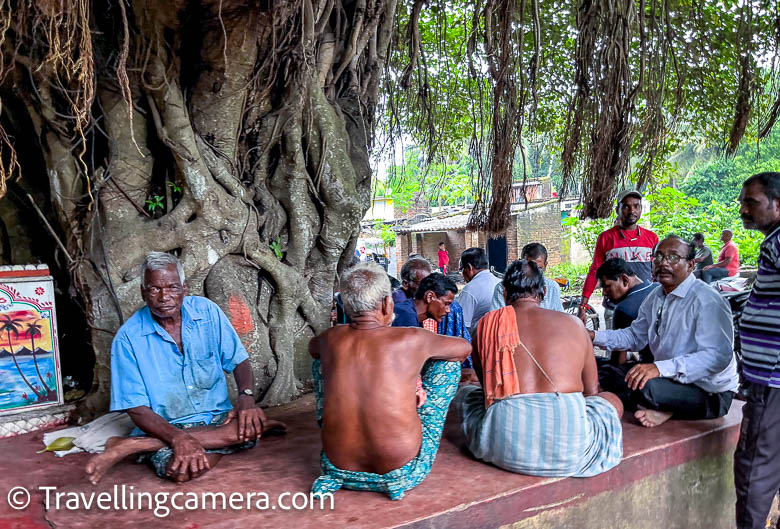


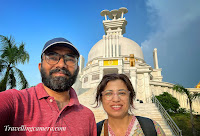
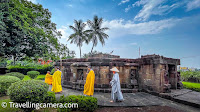



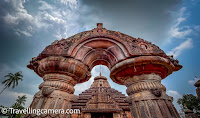




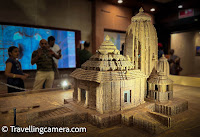


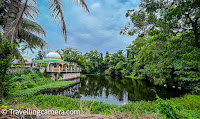






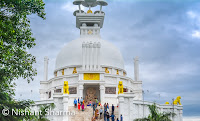




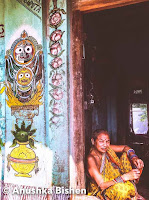

.jpg)
Comments